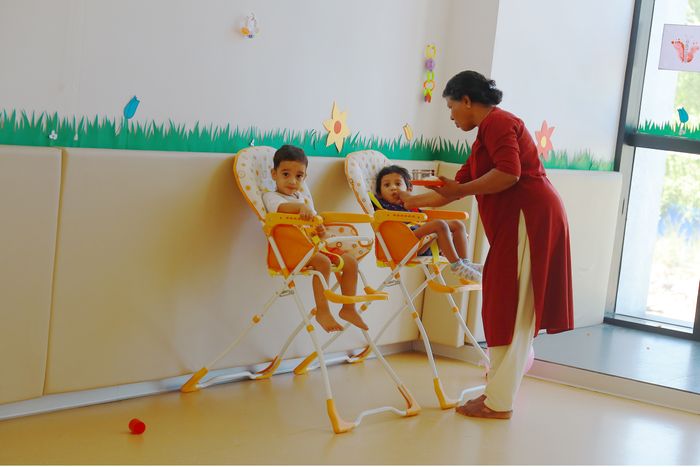


Child Safety

Safety starts with ‘S’ but begins with ‘U’- Anonymous.
Children in this age range are gaining many new skills, and they feel more and more independent. They may be curious, want to explore the world around them, and act without thinking.
At this age, children see everything that happens as it relates to themselves. And they believe that what they wish for or expect to happen can affect what really happens. They overestimate what is in their control, which contributes to their vulnerability. They are often unaware of the consequences of their actions. This can lead to dangerous situations.
You can help decrease any dangers by accepting that your child will go through active and curious phases. Think about what you can do to avoid safety hazards. If your child is discovering the joys of riding a tricycle, for example, be sure to make riding in the street off-limits.
You can also find behaviors to teach and model. For example, if you wash your hands before eating, your child will probably also do this.
Remember that no one can watch a child’s every move or make a home 100% safe all the time. Try to find a balance for supervising your child, taking safety precautions, and allowing your child to explore. Learn all you can about child growth and development. Doing so can help you learn how to respond to and make a positive impact on how your child behaves.
What can you do to help keep your child safe?
Your child is gaining in confidence and probably wants to explore. But your child still needs your close supervision and guidance. You can:
• Set up and consistently enforce rules and limits to help your child learn about dangers.
• Teach some basic safety rules and precautions. Do this inside and outside the home. For example, teach your child to always use the car seat and that ovens and toasters can cause burns. Talk with other caregivers about what problems could arise and how to prevent them.
• Practice healthy habits. Protect your child against illness and infection. For example, wash your hands often, keep toys clean, make sure your child is immunized and go to all routine checkups.
• Take safety measures around the home. For example, store poisonous products out of your child’s reach, and use safety covers on all electrical outlets.
How can your stress level affect your child’s safety?
Taking care of yourself is a vital part of keeping your child safe. Most injuries to children happen when parents or caregivers are tired, hungry, or emotionally drained or are having relationship problems. Other common causes of family stress include changes in daily routines, moving to a new house, or expecting another child.





